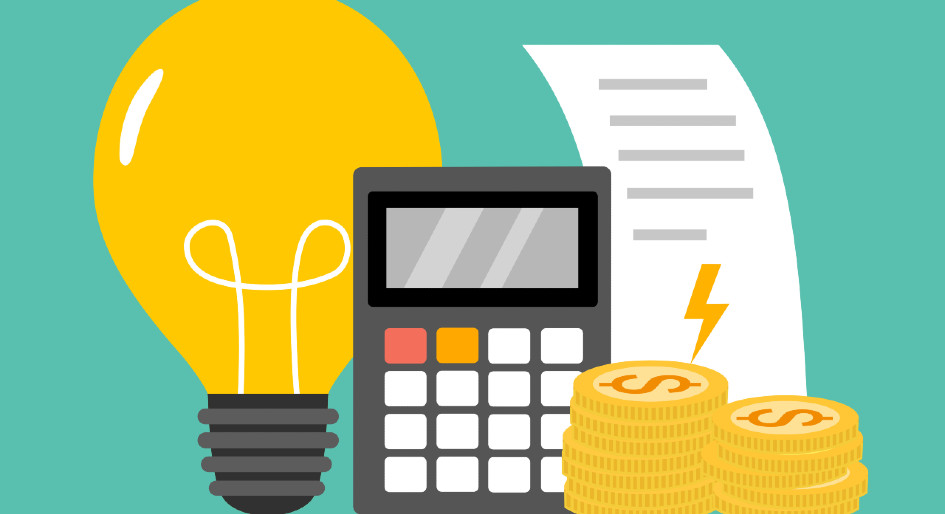Large electricity customers in Ontario could have a new option for reducing the peak demand factors that determine their share of the bucket of electricity system costs known as the global adjustment. A proposed tweak to the Industrial Conservation Initiative (ICI) program would allow enrollees to use clean energy power purchase agreements (PPAs) to offset their electricity consumption during the five hours of annual highest system-wide demand.
The proposal, which is posted on Ontario’s regulatory registry for public comment until December 17, likens the measure to virtual net metering. Contracted electricity supply from a qualifying clean energy producer would be treated as if it was behind-the-meter (on-site) generation for the purposes of calculating GA costs. It’s suggested that PPAs with wind, solar, small hydroelectric with less than 10 megawatts (MW) of capacity, biofuel or battery storage generating facilities would be eligible.
“These proposed amendments aim to support the growth of new clean generation in the province,” states the regulatory summary. The opportunity to “enhance industrial competitiveness” is also cited.
Under the ICI program, commercial account holders with an average monthly demand of at least 1 megawatt and manufacturers with average monthly demand of at least 500 kilowatts are designated Class A consumers. The factor for apportioning their share of total GA costs is derived from their energy use during the five hours of highest system-wide demand in the 12 months from May 1 to April 30 — and affords the opportunity to lock in a favourable factor for the subsequent 12 months from July 1 to June 30 for those that can curb electricity consumption during the five peak hours.
Meanwhile, Class B consumers, including all commercial account holders with average monthly demand less than 1 MW, collectively pay the remainder of GA costs after the Class A allotment has been subtracted. This is apportioned on a straightforward per kilowatt-hour basis.
Ministry officials will consider written feedback from the public consultation and other stakeholder insight before the regulation is finalized, but it is proposed to go into effect on May 1, 2024. That would be in sync with the beginning of the new base period — May 1, 2024 to April 30, 2025 — which will determine Class A consumers’ peak demand factors for the 12 months from July 1, 2025 to June 30, 2026.
Energy management specialists predict interest and uptake among Class A consumers, particularly as a growing number of companies set targets to reduce greenhouse gas (GHG) emissions. The promise of fewer complications for reducing peak demand could support the net-zero business case.
“It would be a way to offset demand peaks with zero-emissions off-site power and transfer the burden — time, risk, cost — of predicting peaks and adjusting operational processes,” observes Michael Lithgow, manager of energy and climate action at Sunnybrook Health Sciences Centre. “I would say that would be very valuable to Class A customers.”
On the flipside, it could offload still more GA costs to Class B consumers. “This will not offer help to Class B. This will have a negative impact because Class B will need to pay more as Class A saves,” projects Scott Rouse, managing partner of the consulting firm, Energy@Work.






